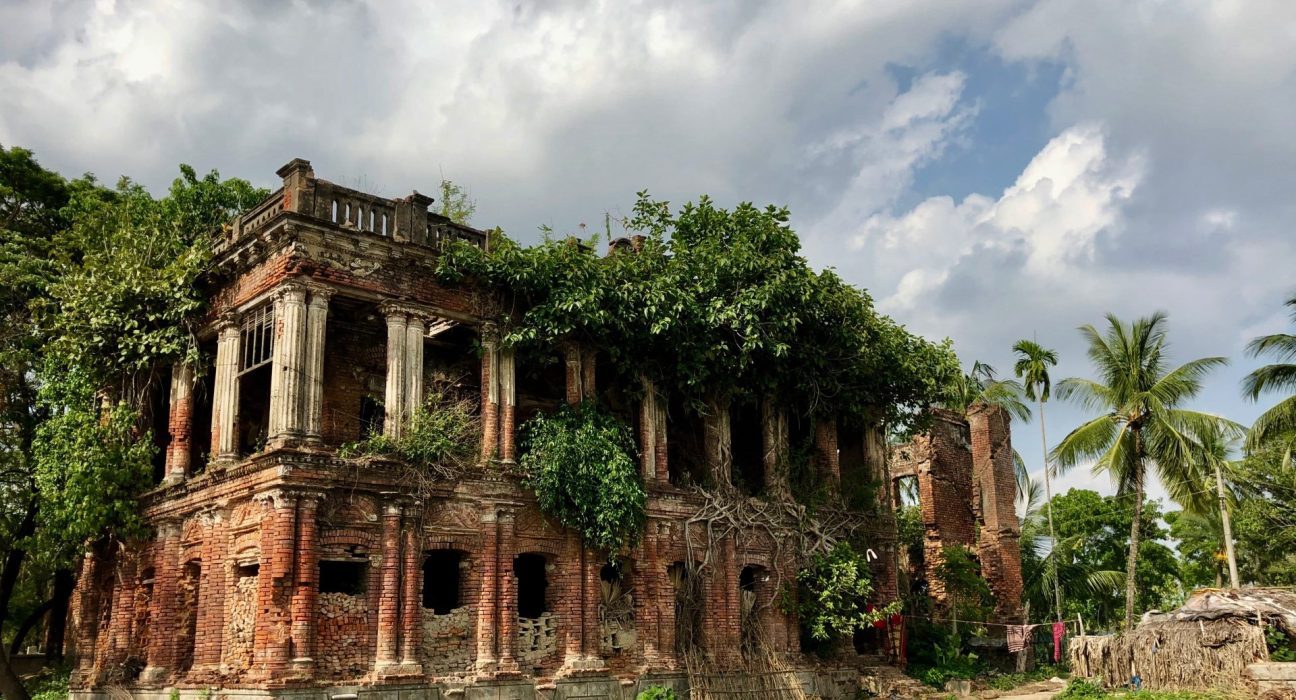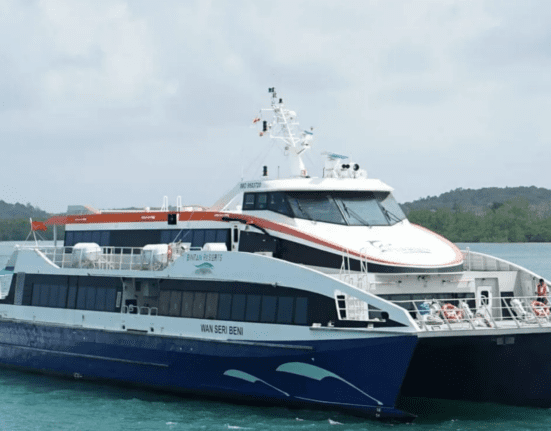Welcome to Crete, the largest island in Greece and one of the most popular tourist destinations in Europe. With its rich history, stunning beaches, and ancient ruins, Crete has something for everyone. Whether you’re a history buff looking to explore archaeological sites or a beach lover seeking sun and sand, this beautiful island will not disappoint. Join us on a journey as we explore the ancient ruins and breathtaking beaches of Crete on your own. Pack your bags and get ready for an adventure like no other!
What is Crete?
Crete is the largest island in Greece, located in the southern part of the Aegean Sea. It has a rich history dating back to ancient times and was once home to the Minoans, one of Europe’s earliest civilizations.
Today, Crete is a popular tourist destination known for its stunning beaches, crystal clear waters, and picturesque villages. Visitors can explore traditional Cretan life by visiting local markets and tavernas or learn about the island’s fascinating past by exploring its many archaeological sites.
Some of the top attractions on Crete include the Palace of Knossos, which dates back over 4,000 years; Chania Old Town with its colorful buildings and winding streets; and Elafonisi beach with its pink sand and turquoise waters.
Crete offers visitors a unique blend of history, culture, natural beauty that makes it an unforgettable destination for travelers from all over the world.
The Archaeological Sites of Crete
Crete is an island in Greece with a rich history dating back to the Minoan civilization. The archaeological sites of Crete offer visitors a glimpse into this ancient past.
One of the most famous sites on the island is Knossos, which was once the capital city of Minoan Crete. Here, visitors can see ruins such as the Palace of Knossos and intricate frescoes depicting scenes from daily life.
Another important site is Phaistos, located in southern Crete. This ancient city features well-preserved ruins including a palace complex and impressive walls made out of massive stones.
Visitors can also explore Gortyna, a former Roman city that served as the capital during the first centuries AD. It boasts several notable ruins including an odeon and basilica.
For those interested in Byzantine history, there’s also Moni Toplou near Sitia town where they can explore its fortress-like buildings and learn about its role during Ottoman times.
Exploring these archaeological sites provides insight into not only ancient Cretan civilization but also Greek culture throughout different periods of history.
The Beaches and Ruins of Crete
Crete is a stunning island that boasts beautiful beaches and ancient ruins. The combination of natural beauty and historical significance makes Crete the perfect destination for any traveler looking to explore new places.
The beaches of Crete are some of the most picturesque in Europe. With crystal clear waters, soft sand, and rugged coastlines, there’s something for everyone. From quiet coves to bustling tourist hotspots, you’ll never run out of options.
In addition to its gorgeous beaches, Crete also has an abundance of archaeological sites waiting to be explored. The island was home to several ancient civilizations including the Minoans who left behind incredible palaces like Knossos and Phaistos.
One unique site worth visiting is the Palace of Malia which dates back over 4,000 years. It’s one of the largest Minoan palaces on the island and offers visitors a glimpse into what life was like during this time.
For those looking for a more off-the-beaten-path experience, head inland towards Mount Ida where you can find some hidden gems like Lato – an ancient Greek city with breathtaking views over Mirabello Bay.
No matter what your interests are when it comes to traveling, Crete has something for everyone – from soaking up the sun on pristine beaches to exploring fascinating ruins that offer insight into our pasts.
What to Pack for a Trip to Crete
When planning a trip to Crete, packing can be a bit daunting. You don’t want to overpack and struggle with heavy luggage, but you also don’t want to forget anything important. Here are some tips on what to pack for your trip.
Firstly, it’s important to consider the weather. Crete has a Mediterranean climate, which means summers are hot and dry while winters are mild and rainy. Pack lightweight clothing such as shorts, t-shirts, and sundresses during summer months. If traveling in winter or shoulder season (April-June or September-November), bring layers such as light jackets and sweaters.
Don’t forget about swimwear! With so many beautiful beaches in Crete, you’ll definitely need it. A good pair of walking shoes is also essential for exploring ancient ruins like Knossos Palace or hiking the Samaria Gorge.
It’s always smart to have a small daypack for carrying essentials like water bottles, sunscreen, hats/visors , cameras/camera phones etc., especially when going on excursions around the island.
Lastly – there will also be plenty of opportunities for dining out at local tavernas/restaurants/bars so dress up nicely if you’d like! Don’t go too crazy though – just bringing one nice outfit would suffice.
With these tips in mind – happy packing!
Where to Stay on a Trip to Crete
When it comes to deciding where to stay on your trip to Crete, there are a variety of options available. If you’re looking for luxury accommodations, consider staying in one of the island’s high-end resorts or hotels. Many of these properties offer stunning views and amenities such as spas, pools, and private beaches.
However, if you’re traveling on a budget or prefer a more authentic experience, staying in a smaller hotel or bed and breakfast might be the way to go. These types of accommodations can give you an opportunity to interact with locals and learn about Cretan culture firsthand.
Another option is renting a villa or apartment through Airbnb or other vacation rental websites. This is an excellent choice for groups or families who want more space and privacy during their stay.
No matter where you choose to stay on your trip to Crete, it’s important to research the location carefully before making any reservations. Consider factors such as proximity to attractions and restaurants, transportation options, and safety when choosing your accommodations.
What to do on a Trip to Crete
There are countless things to do on a trip to Crete, from exploring ancient ruins and relaxing on stunning beaches to indulging in delicious local cuisine and experiencing the lively nightlife. Some of the must-see attractions include the Palace of Knossos, the Samaria Gorge, Balos Beach, Elafonisi Beach, and Chania Old Town.
For adventure seekers, there are ample opportunities for hiking and water sports like snorkeling and scuba diving. Foodies will love trying traditional Cretan dishes like dakos (a bread salad) or tzatziki (a yogurt-based dip), paired with local wine or raki.
A trip to Crete is an unforgettable experience that combines history, culture, nature, and relaxation. With so much to see and do on this beautiful island paradise, it’s no wonder that Crete continues to be one of Europe’s top destinations for travelers looking for something truly special.








